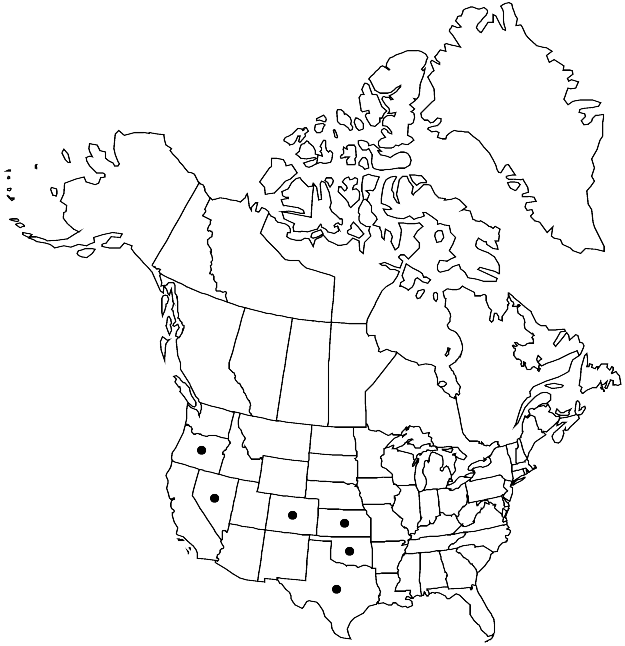Difference between revisions of "Camelina rumelica"
Sitzungsber. Königl. Böhm. Ges. Wiss., Math.-Naturwiss. Cl. 1886: 448, fig. 13a. 1887.
FNA>Volume Importer |
imported>Volume Importer |
||
| (2 intermediate revisions by 2 users not shown) | |||
| Line 23: | Line 23: | ||
|elevation=100-1700 m | |elevation=100-1700 m | ||
|distribution=Colo.;Kans.;Nev.;Okla.;Oreg.;Tex.;Europe;sw Asia. | |distribution=Colo.;Kans.;Nev.;Okla.;Oreg.;Tex.;Europe;sw Asia. | ||
| + | |introduced=true | ||
|discussion=<p>R. L. McGregor (1984, 1985) and R. C. Rollins (1993) stated that <i>Camelina rumelica</i> is naturalized also in Texas; we have not seen material that supports those reports.</p> | |discussion=<p>R. L. McGregor (1984, 1985) and R. C. Rollins (1993) stated that <i>Camelina rumelica</i> is naturalized also in Texas; we have not seen material that supports those reports.</p> | ||
|tables= | |tables= | ||
| Line 47: | Line 48: | ||
|publication year=1887 | |publication year=1887 | ||
|special status= | |special status= | ||
| − | |source xml=https:// | + | |source xml=https://bitbucket.org/aafc-mbb/fna-data-curation/src/2e0870ddd59836b60bcf96646a41e87ea5a5943a/coarse_grained_fna_xml/V7/V7_688.xml |
|tribe=Brassicaceae tribe Camelineae | |tribe=Brassicaceae tribe Camelineae | ||
|genus=Camelina | |genus=Camelina | ||
Latest revision as of 22:35, 5 November 2020
Annuals. Stems unbranched or branched distally, 1.5–4(–6) dm, densely to moderately hirsute-hispidulous basally, trichomes simple, to 3.5 mm, mixed with fewer, branched ones, (glabrescent distally). Basal leaves persistent after anthesis (into fruiting). Cauline leaves: blade lanceolate to oblong, (1–)2–6(–9) cm × 2–10(–20) mm, base sagittate or minutely auriculate, margins entire or irregularly denticulate, (often subciliate), apex acute, surfaces pubescent, trichomes primarily simple. Fruiting pedicels ascending to divaricate, 7–10(–14) mm. Flowers: sepals (2.7–)3–4(–4.5) × 0.5–1 mm; petals white or creamy white, (5–)6–8(–9) × 1.5–2 mm; filaments 2–3.5 mm; anthers ca. 0.5 mm. Fruits pyriform to obovoid, 5–7 × 3.5–5 mm, apex acute; valves each obscurely veined, margin narrowly winged; style 2–3 mm. Seeds brown, 1.2–1.5 × 0.5–0.6 mm. 2n = 12, 26.
Phenology: Flowering May–Jun.
Habitat: Fields, roadsides, waste places
Elevation: 100-1700 m
Distribution

Introduced; Colo., Kans., Nev., Okla., Oreg., Tex., Europe, sw Asia.
Discussion
R. L. McGregor (1984, 1985) and R. C. Rollins (1993) stated that Camelina rumelica is naturalized also in Texas; we have not seen material that supports those reports.
Selected References
None.